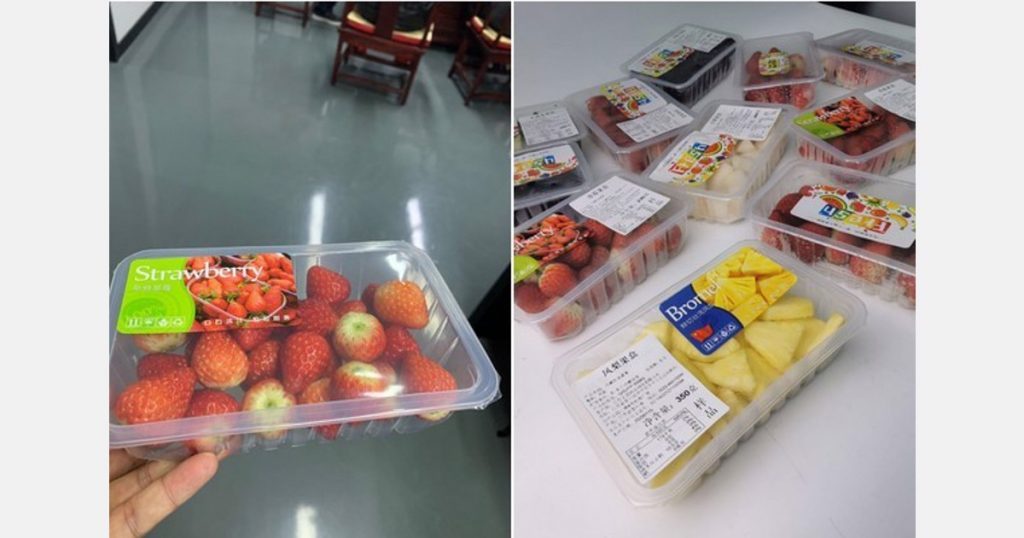Seedless pomegranate cups, fresh-cut pineapples … in the last few years the sales of small portions of fruit have become more and more popular, and there is a growing variety in this market. Shanghai Jiexiang Weitian Food Science Co., Ltd. is a specialized producer of fresh-cut fruit products. Mr. Wang Genzu, a spokesperson for the company, shared his insights into the industry and talked about the direction of development.

Small fruit cups have become a consumer trend
Overseas markets have sold small portions of fresh fruit in small boxes for years. They are available in nearly every large supermarket. However, in China this trend is more recent. The market for this product is only now rapidly expanding.
“I think that the market for this form of fruit product has huge potential,” said Mr. Wang. “First, the pace of people’s lives is constantly increasing and few people have the time to cut their own fruit every day. This particularly true for fruits such as pineapple, durian, and jackfruit, because they are difficult to peel. Second, consumers can not finish large fruits before they spoil. And it is such a waste to throw away the rest. That makes the fruit even more expensive. That is why more and more consumers lean towards fruit products that allow them to eat a small portion of fruit, without throwing away the rest. Third, consumers pay more attention to the convenience of eating fruit as living standards improve. Small portions of fruit are more convenient to eat for example in the cinema, or the playground.”
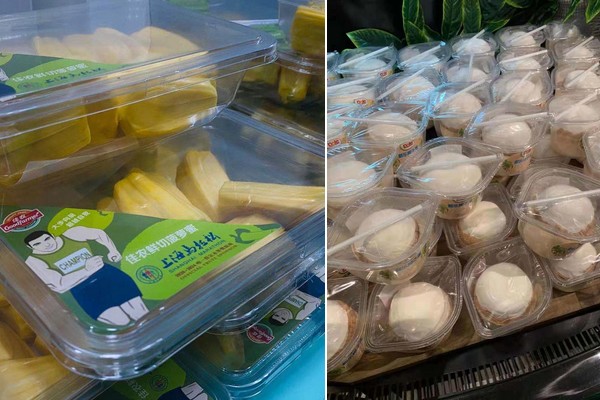
In addition to the advantages for consumers, small portions of fruit also benefit the optimization of fruit supply chains. “Take jackfruit for example, this fruit is primarily eaten in small portions. The retail of whole jackfruit only accounts for about 3%-5% of the jackfruit market. The traditional supply chain of fresh-cut jackfruit was as follows. Wholesale dealers purchased whole fruits in the production area and transported them to the wholesale market. Retailers then purchased the fruit from the wholesale market and transported them to processing factories, before distributing the fresh-cut fruit to retail markets. That supply chain is now much simpler,” said Mr. Wang.
“Our processing factory directly purchases jackfruit from the plantation and then delivers the fresh-cut fruit to wholesale markets or retail markets. This simplification shortens the supply chain, reduces waste, and keeps the cost down. At the same time, consumers enjoy fresher fruit.”
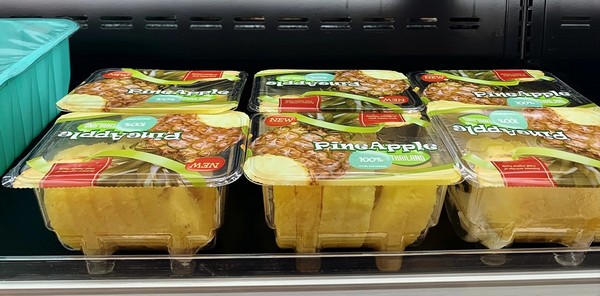
Predictions for problems and developments in the fruit processing industry
Mr. Wang has developed his own understanding of the fresh-cut market over the years he worked in this industry. He first talked about several problems in the industry. “A growing number of high-end fruit production areas have found their way into the Chinese market over the last few years. China is also a large producer of fruit, but our fruit industry primarily exports large volumes of low-priced fruit. Some people outside the industry think this is the result of a scarcity of product varieties and a lack of plantation technology. However, I think that the most fundamental reason for this situation is a severe shortcoming or backwardness in post-harvest preservation and processing. Traders invest more than 100 million yuan [15 million USD] in a cherry processing center.
“Cherries go through a series of post-harvest procedures before the fruit enters the market. Chinese processing facilities for cherries often only have the most basic equipment. The cherries are often supplied to the market immediately after they are harvested, without any form of processing or preservation treatment in between. Or take avocados as an example, imported avocadoes from South America are high-quality products with a long shelf life, because they are cooled after they are harvested and retain less moisture. Chinese avocados, however, are not pre-cooled immediately after they are harvested, and that is why they only stay fresh for about 7-10 days. They contain too much moisture,” said Mr. Wang.
“The lack of post-harvest processing will not only lower the added value of fruit products, but also causes more waste, which in the end reduces the profit margin of fruit traders. I think that the fruit that truly stands out is the fruit that is processed after the harvest. The production area is only the first stage in the supply chain. You can compare this to the relation between iron ore and steel works, or cloth and clothing factories. The added value is produced after the fruit is harvested. Our concept is that good fruit in the production area is not good fruit. Only fruit that is good when the consumer eats it is considered good fruit. And carrying fruit from the production area to the consumer without a loss of product quality or freshness, that is the added value of proper post-harvest preservation and processing.”

Mr. Wang also shared his predictions for developments in the fresh-cut fruit industry. “The post-harvest processing segment of the supply chain will grow much stronger in the next thirty years. Post-harvest processing will become the core of the industry. The vast majority of top-quality fruit will travel from production area via processing factory to the retail market. The processing factory will be both “production area processing center” and “retail market cooperation center”. A growing number of processing procedures will take place at the retail end of the supply chain. This will effectively satisfy market demand and also guarantee that processing factories operate outside of the production season. The procedures that have to take place in the production area will perhaps be performed with mobile equipment to raise the effectiveness of assets.”
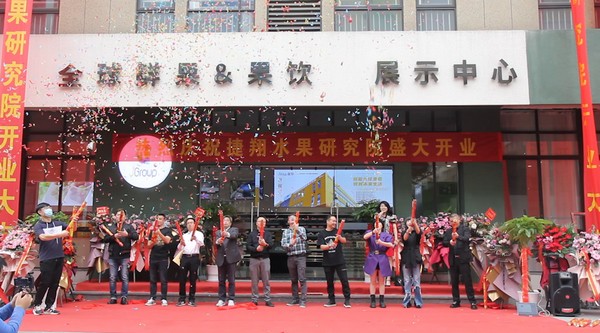
Fruit-cutting laboratories will play an important role
“To streamline this development, we established the Jiexiang Fruit Preservation & Processing Research Institute last year. The research institute relies on Jiaxing Wholesale Fruit Market and supports Jiexiang fruit cutting factories. This research institute was established to provide the entire fresh-cut fruit industry with innovative technology for post-harvest preservation and processing, so that the added value of China’s fresh-cut fruit industry will grow.”
When asked about the advantages of this research institute, Mr. Wang replied, “We have chosen to locate this institute near a first-rate wholesale fruit market to accurately investigate the problems that occur when different varieties of top-quality fruit move from production area to retail market. These problems, combined with market demand analysis, help us carry out targeted research projects. In addition to first-hand fruit supply, we also installed the most advanced equipment so that we can perform large-scale research on individual fruits and gather reliable data.”
When asked about this data, Mr. Wang added, “a growing number of companies is aware of the importance of post-harvest processing. They have begun to use pre-cooling equipment and machines that add gas mixtures during packaging. Although they have the hardware, they still lack the software and data. And they can not gather such information in a small amount of time. If the personnel in a processing factory is to accurately process such easily-spoiled products as avocadoes or Chinese bayberries, then they need key data for pre-cooling procedures such as temperature, air velocity, and duration. In other situations they may need to know the right gas mixture or the size of the microporous membrane. Our research institute has laboratories where we can test large volumes of fruit to gather accurate and reliable data for a wide variety of fruits and provide suitable solutions that take into consideration the specific requirements for every product.”
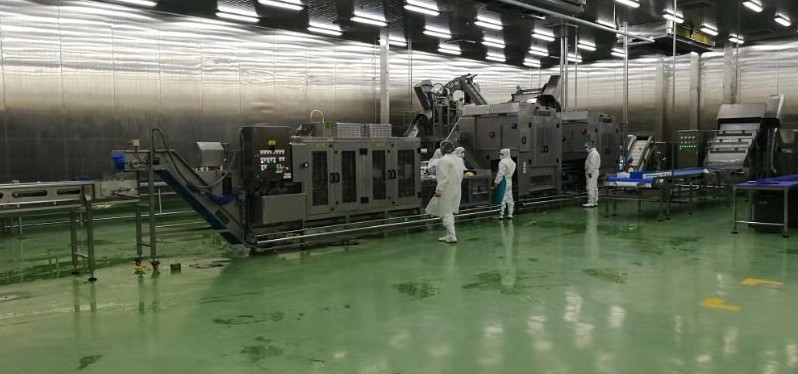
The search for core production areas with abundant natural resources
~Jiexiang has many large, well-known clients including Dole and Hema. “We are a leading fruit processing center located near one of the foremost fruit wholesale markets in the country. We also own two fresh-cut fruit processing facilities in high-end fruit production areas. Our products are many and varied, including whole fruit, fresh-cut fruit, quick-frozen fruit, quick-frozen fruit paste, as well as fruit drinks.” As the company is rapidly expanding, Jiexiang is now looking for partners in core production areas to secure the supply of top-quality fruit.
“Fruit processing can improve the value of regular fruit 2.5-6 times. We hope to make connections with even more fruit processing factories of orchards in core production areas. Our goal is to support the processing of even more top-quality fruits and improve the level of post-harvest processing technology, so that the value of the fruit industry will go up,” said Mr. Wang.
The client group of Jiexiang also includes fast-food chains such as KFC, convenience stores like 711, and beverage chains such as Xicha and Starbucks. “If these stores cut their own fruit, then they will waste a lot of time and manpower. Furthermore, their waste ratio will be high, and there is a significant risk of low food safety standards. That is why I think that in the near future a growing number of fast-food, convenience store, or beverage chains will look for reliable, specialized, hygienic, and efficient suppliers of top-quality processed fruit.
“At the moment we are invested in the fruit processing facilities that overlook Shanghai port, and we are also investing in fruit processing facilities in Shenyang. The construction of fruit processing facilities near Guangzhou Jiangnan Wholesale Market will begin in the second half of this year. This wholesale market supplies most retail markets in south China. The processing facilities will have 2-4 lines that can process around 8,000-10,000 pieces of fruit per hour.”
For more information:
Mr. Wang Genzu – CEO
Shanghai Jiexiang Weitian Food Science Co., Ltd.
Tel.: +86 18606112777
E-mail: thomas.wang@jgroup360.com


